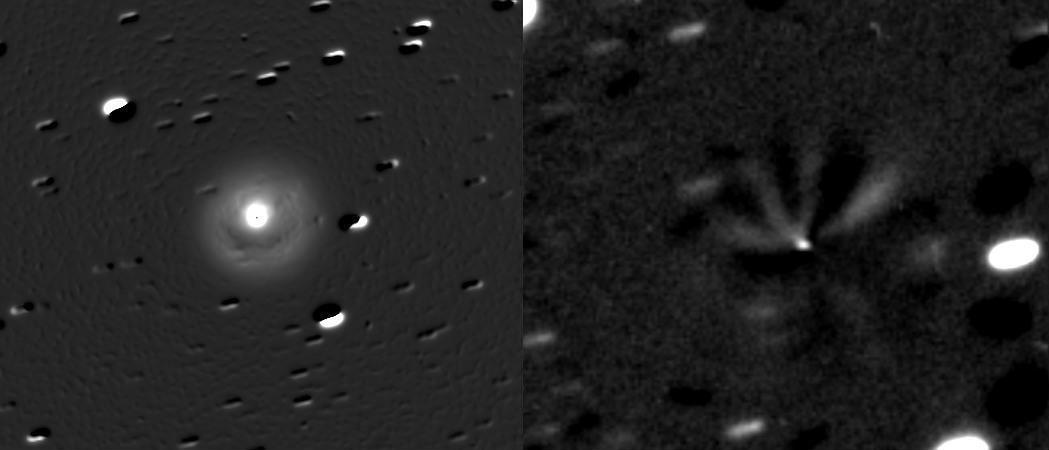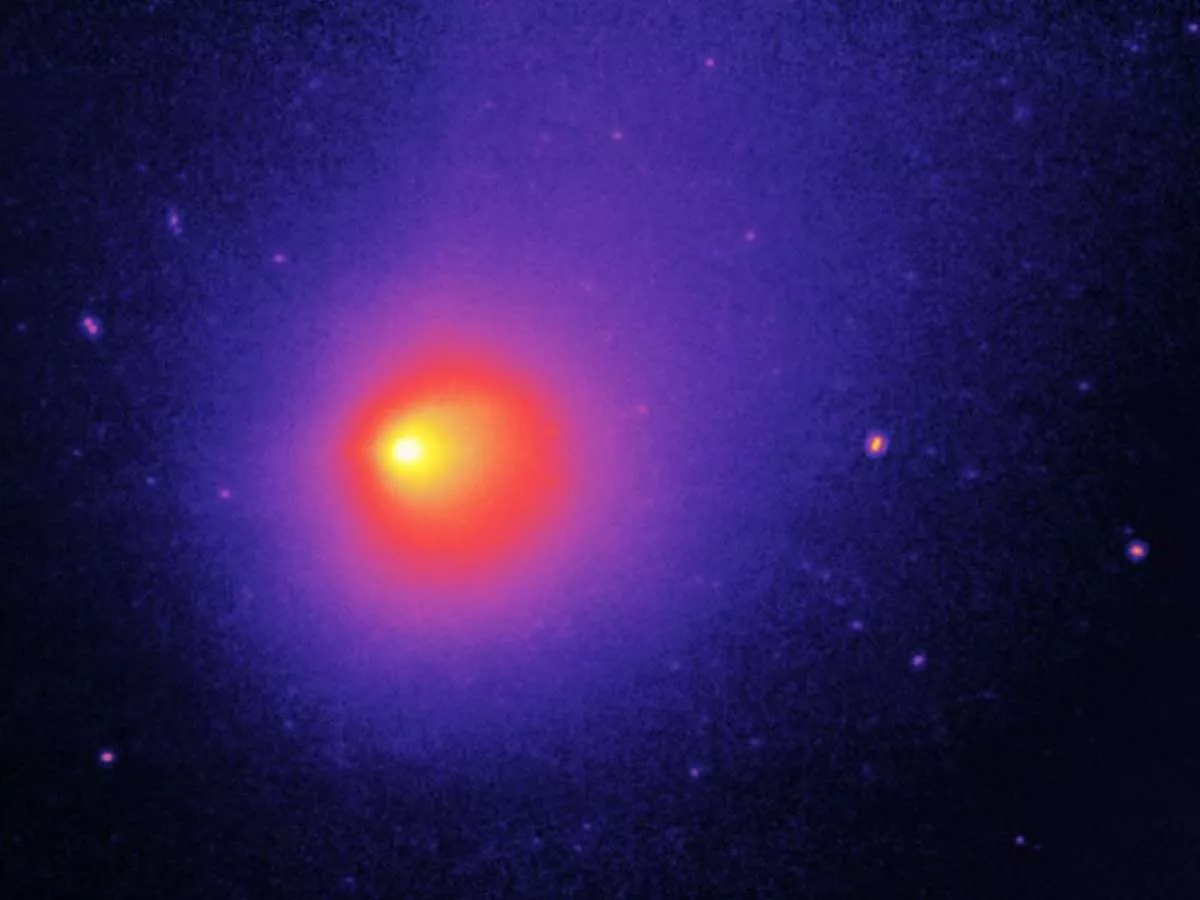Comet 29P/Schwassmann–Wachmann 1 (29P/Schwassmann–Wachmann) suddenly flared up in a huge cloud of gas and ice, reported Live Science. It was an extremely unusual sight that stunned astronomers.

Amateur astronomer Patrick Wiggins noticed the eruption of a comet in a huge gas cloud on November 22, which led to an increase in its brightness by more than four magnitudes. Subsequent observations by other astronomers confirmed that an explosive eruption had indeed occurred on the comet. British Astronomical Association (BAA) astronomer Richard Miles commented that 29P/Schwassman—Wachman 1 probably released a bright plume containing more than a million tons of emissions.
An incredibly bright event
This comet is not much different from the varieties of cold moons orbiting Saturn, Jupiter or Neptune. Over time, gases accumulate inside the comet due to heating by the Sun, which leads to an increase in internal pressure and their further release by an explosive and bright eruption.

Instead of throwing hot magma into the atmosphere, as volcanoes do on Earth, comets such as 29P release a frozen mixture of liquid hydrocarbons into outer space. The fascinating thing about such eruptions is that this material probably consists of the same material that could have brought life to Earth billions of years ago.

The eruption on November 22 is unique in that it is the brightest for all time observations. Scientists could only guess why this time the explosion was so powerful. Miles and his colleagues believe that slowing the rotation of 29P could have allowed the Sun’s radiation to heat its core too much, which was the result of the release of a large amount of gas.
Centaur-class comet
29P/Schwassman — Wachman 1 is a representative of a new class of objects called “centaurs”. It is the most volcanically active comet in the Solar System. It was first discovered in 1927 by German astronomers Arnold Schwassmann and Arnaud Arthur Wachmann. It orbits the Sun approximately every 15 years. The diameter of the comet is about 30 km across. It is believed to originate from the Kuiper Belt, a massive ring of asteroids orbiting at the edge of the Solar System.
Due to its small size and distance from Earth, 29P/Schwassman—Wachman 1 is very poorly studied, so many questions remain almost a century after its discovery. Fortunately, early next year it is planned that NASA’s James Webb Space Telescope will examine the comet in more detail, after which new details about this lonely icy body will be revealed.
We also report on what the Churyumov—Gerasimenko comet smells like.
Follow us on Twitter to get the most interesting space news in time
https://twitter.com/ust_magazine

